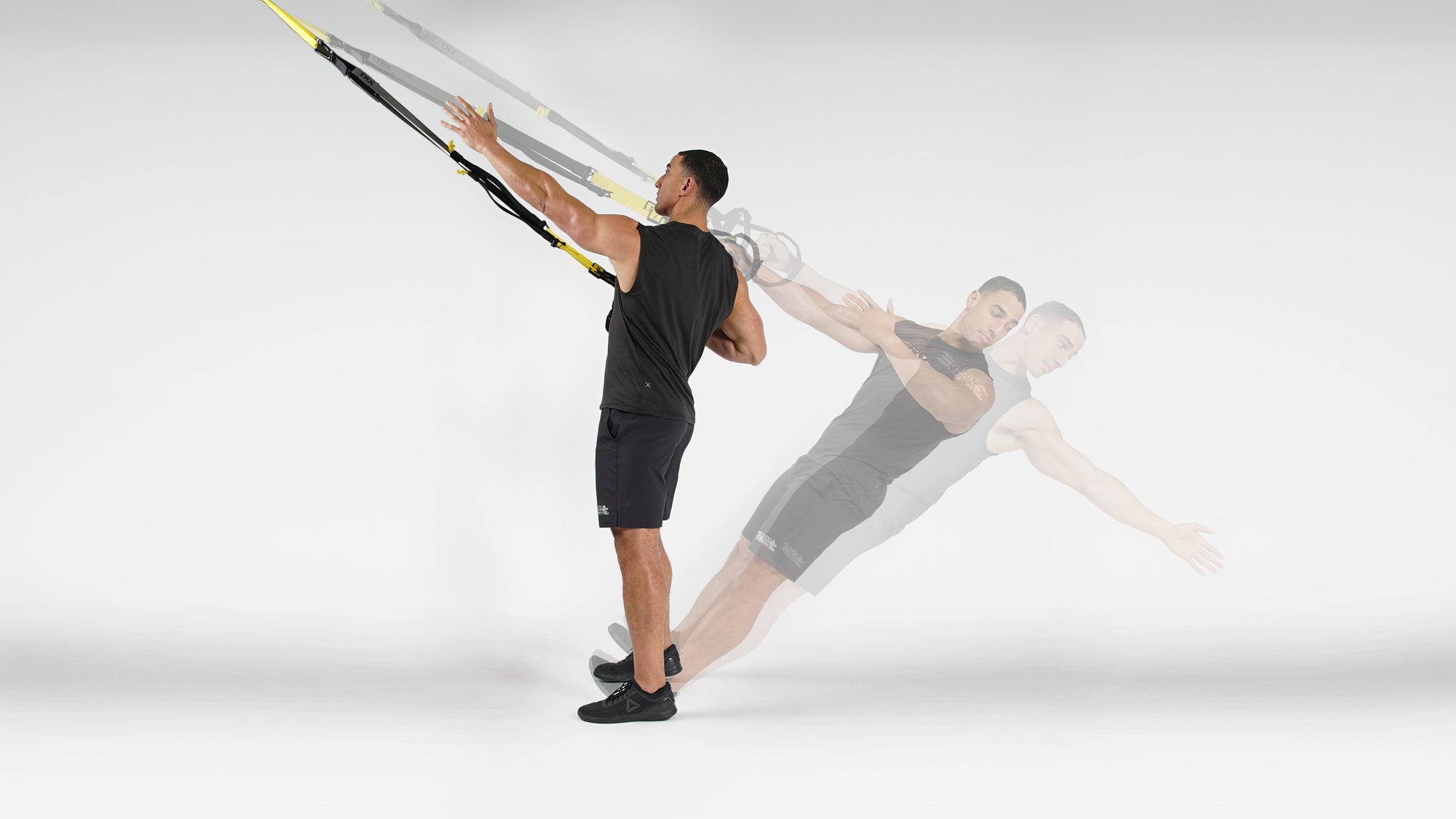If you or your client has ever experienced piriformis syndrome, you know it’s a pain in the butt–literally! Runners, cyclists, and other athletes engaging in forward-moving activities are particularly susceptible to developing piriformis syndrome, especially if they do not engage in stretching and strengthening exercises. Here, Dr. Perkash addresses a question posed by a member of the TRX Community on whether the TRX Suspension Trainer can be used in the rehab of piriformis syndrome.
Question:
I have been in physical therapy for the past month for piriformis syndrome. I had to stop training for my marathon this fall due to this injury, which was brought on by overtraining. I have been doing several glute-specific exercises in PT to help strengthen the muscles that are weak. In addition to strengthening my weak glutes, I have been icing, stretching and using my TRX Suspension Trainer regularly to supplement rehab. Will TRX exercises exacerbate my piriformis syndrome? Can you recommend any specific exercises that will help my rehab and recovery?
Answer:
The piriformis muscle is a muscle deep within the gluteus region that is thought to irritate or compress the adjacent sciatic nerve, resulting in buttock and possibly leg pain, numbness or tingling, otherwise known as piriformis syndrome.
Potential causes of piriformis syndrome also remain controversial. Overuse injuries such as with running, bicycling or rowing or direct trauma to the gluteus region are thought to be potential causes of piriformis syndrome. It has been theorized that a combination of weakness in the hip abductors/gluteus medius muscles combined with tight hip adductors can lead to the condition.
Treatment for piriformis syndrome involves rest, modalities such as application of heat/ice, stretching and strengthening exercises for the gluteus and core musculature, oral anti-inflammatory medications and possible local steroid injections. Formal physical therapy is often employed with the use of additional modalities such as ultrasound and electrical stimulation, as well as a directed home exercise program. The goal is to stretch the gluteus musculature, the hamstrings and piriformis muscle itself, while strengthening the hip abductor and core musculature to improve muscle imbalances.
Any rehabilitation program after injury should be performed under the guidance of a physician and physical therapist. The Suspension Trainer can be used in the rehabilitation of piriformis syndrome with the following exercises:
- TRX Step Side Lunge
- TRX Step Back Lunge
- TRX Balance Lunge
- TRX Crossing Balance Lunge
- TRX Hamstring Curl
- TRX Hamstring Runner
- TRX Plank
- TRX Side Plank (with or without Hip Drop)
- TRX Crunch
- TRX Oblique Crunch
- TRX Squat
- TRX Single Leg Squat
- TRX Low Row
- TRX Overhead Back Extension
- TRX Standing or Kneeling Roll Out
- TRX Hip Hinge (Wide Stance or Single Leg)
For more on how TRX Suspension Training bodyweight exercise is a safe, scalable and effective solution for you or your patients. Want to find exercises that match your medical needs? Take our quick assessment quiz to get personalized recommendations based on your condition. Visit our Sports Medicine page and download our White Paper. If you have a question for Dr. Perkash, email askthedoc@trxtraining.com.
TAKE OUR TRAINING QUIZ
NOTE: Any medical information in this blog is of a general nature and not a substitute for the advice of a medical professional. If you need medical advice, see a doctor.



